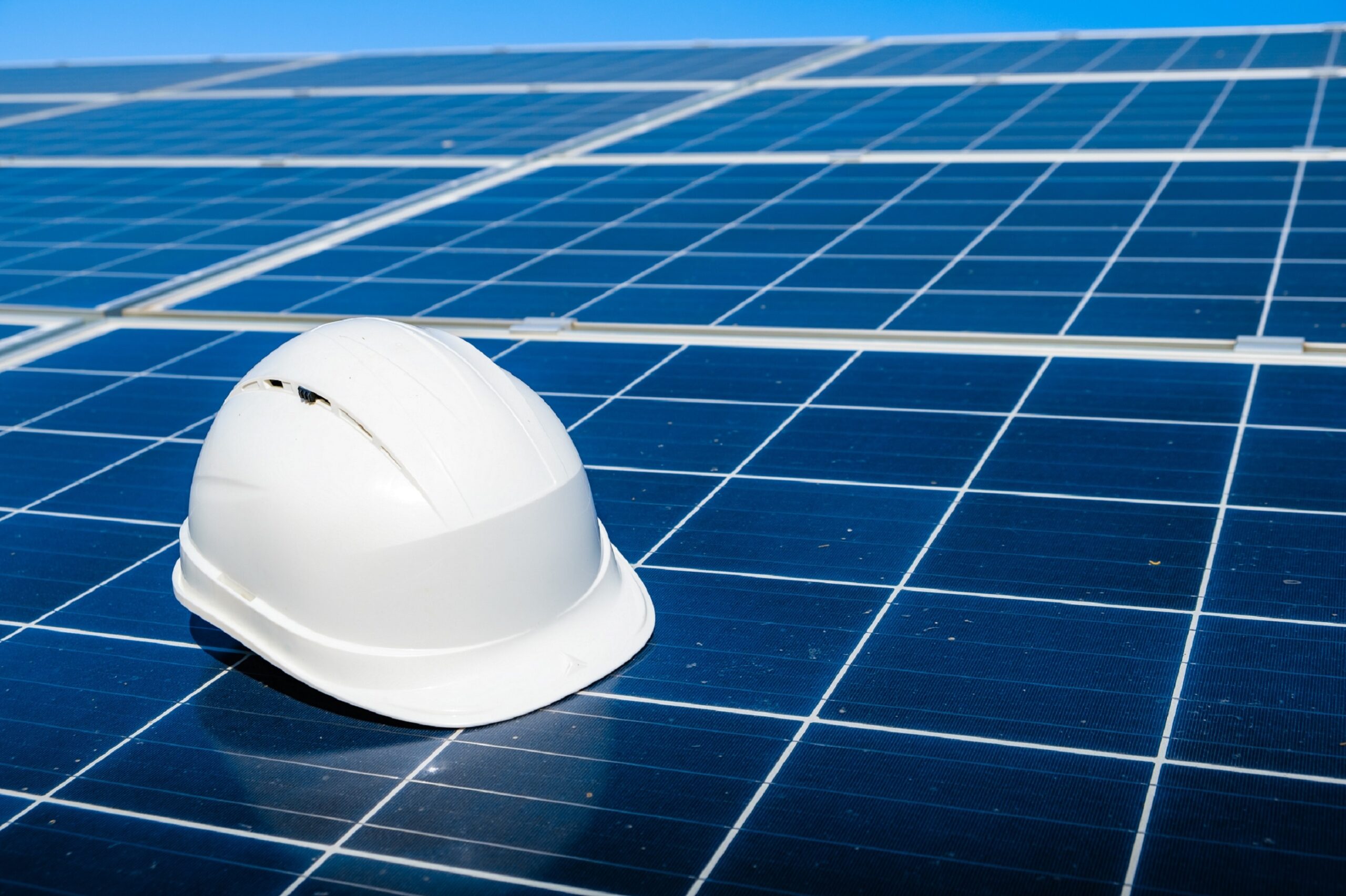Sustainable construction is soaring in popularity as businesses, governments and consumers are realizing how eco-friendliness can impact the world. The industry can thrive and create a better future by overcoming barriers. Here are some things standing in the way of long-term progress and how builders can overcome them.
Barriers to Long-Term Success
Building materials make up nearly 9% of worldwide carbon emissions. Though progress is significant, certain issues prevent long-term momentum for sustainable building practices.
Lack of Municipal Support
Getting local governments on board is one of the industry’s most significant hurdles. In many locations, someone who wants to build sustainably cannot due to improper codes and ordinances.
Existing zoning codes and building standards must consider eco-friendly architecture. Density, minimum road size and storm sewer connections can stand in the way of sustainable building. Other regulations might require updates for eco-friendly materials and strategies to comply with legal requirements.
There is a significant lack of sustainable living standards globally, with developers unlikely to push communities made from green buildings. Until there is an increase in demand for environmentally conscious architecture, it’s unlikely that a town or city will go out of its way to change established laws.
High Building Costs
People familiar with sustainable architecture know owners can quickly recoup their investments. However, recent research shows builders don’t always see the same benefit.
Materials for sustainable infrastructure are costly due to the need for more use. Learning to utilize efficient materials and practices also costs time and money. Many people still don’t understand that these structures’ owners can save money in the long run, causing companies to believe there isn’t a market for them.
Clean Fuel Delays
Sustainable buildings currently aren’t making the impact they could due to fuel.
Fossil fuels are still used for nearly all projects, which harms the environment. According to the United Nations, these sources are the top cause of global climate change. Petroleum-powered vehicles and machines are cheaper and more readily available than more efficient options.
Though more electric machines are joining the industry, they still bring cost, efficiency and safety concerns. Electric vehicles are more expensive than gas-powered alternatives. Their batteries do not release tailpipe emissions, but making them is still far from sustainable.
Alternative fuel options are still in development, but their cost and competitors make it difficult to bring them mainstream. Ethanol is a corn-based oil whose production can offset its emissions. However, progress on renewable sources stalled once electricity became the primary concern. Other fuels back in development include biobutanol, methanol and dimethyl ether.
Lack of Education
One of the most significant barriers to long-term progress is more education for professionals and the public. Global surveys found that there needs to be more education and awareness. It stalls progress because demand stays low, discouraging governments and companies from working toward them.
Spreading awareness about sustainable development would increase demand, making resources more accessible. Incorporating age-appropriate sustainability education in schools would increase interest among newer generations.
Overcoming the Obstacles
Barriers exist, but activists and industry professionals are developing solutions to make eco-friendly building practices a long-term solution to climate change.
Education
Education is critical for moving forward. Activists that engage with local leaders and show them the potential impacts of having a more sustainable municipality can prompt them to update ordinances and building codes. The U.S. Environmental Protection Agency offers a toolkit for localities to begin making changes.
The U.S. Green Building Council (USGBC) is making strides in educating the general public about environmentally conscious buildings and their benefits. It’s posting signage about how the structures work and developing classes to educate those inside and outside the construction industry.
The Green Building Initiative is an international organization focusing on reaching struggling markets to create a world full of sustainable infrastructure.
Fuel
The private sector is bringing many stagnant fuel development programs back to life, which could revolutionize the construction industry for a sustainable future. Hydrogen is the preferred decarbonization method for many construction materials, including steel and glass.
Many equipment manufacturers and fuel companies are introducing compressed natural gas (CNG), which produces significantly fewer emissions than conventional petroleum machinery. Though it is a fossil fuel, the U.S. Department of Energy promotes it as a sustainable stepping stone toward better construction.
Biodiesel is another of the best fuels making strides in eco-conscious construction. It is renewable, biodegradable and comparable to traditional diesel.
Cost
Growing awareness creates more significant investments in the sustainable building industry. Experts project the market will flourish in 2023 as awareness increases amid the demand for more residential and commercial buildings.
The change is a testament to how far the industry has come over the past several decades and the continual progress possible.
Reaching New Heights With Green Building
Sustainable construction is thriving despite the obstacles it must overcome. Activism and education will lead to greater demand and help the industry soar.











